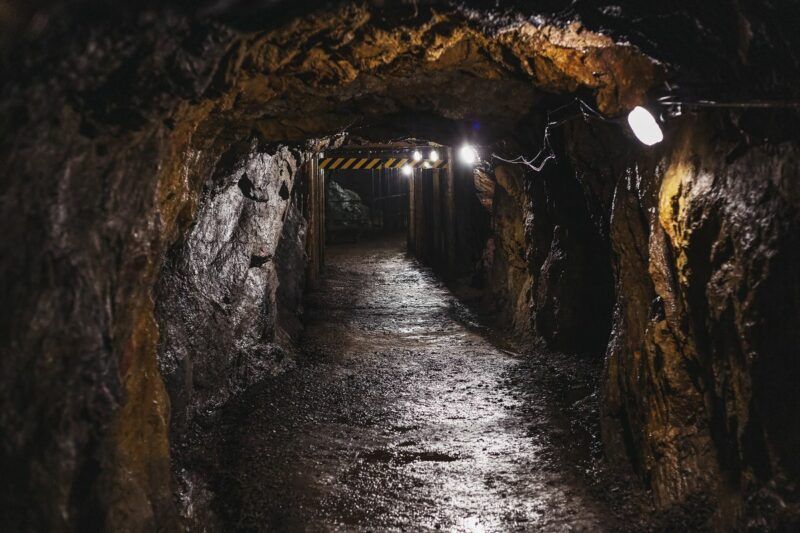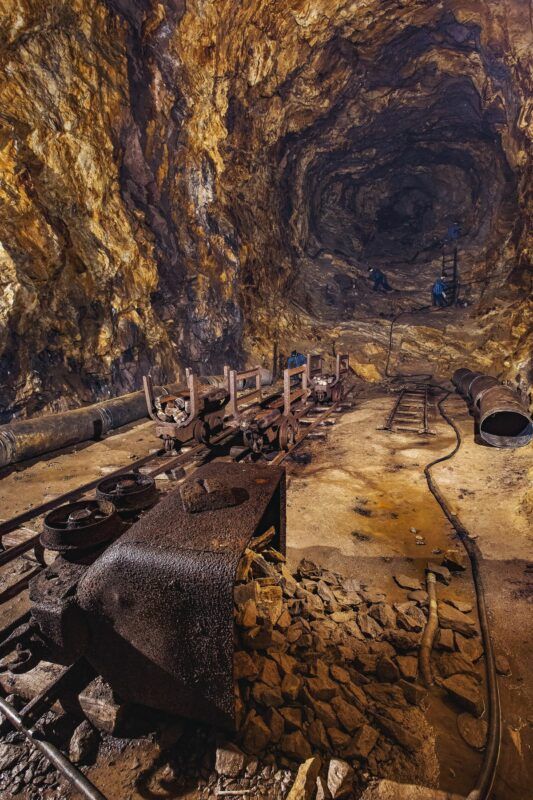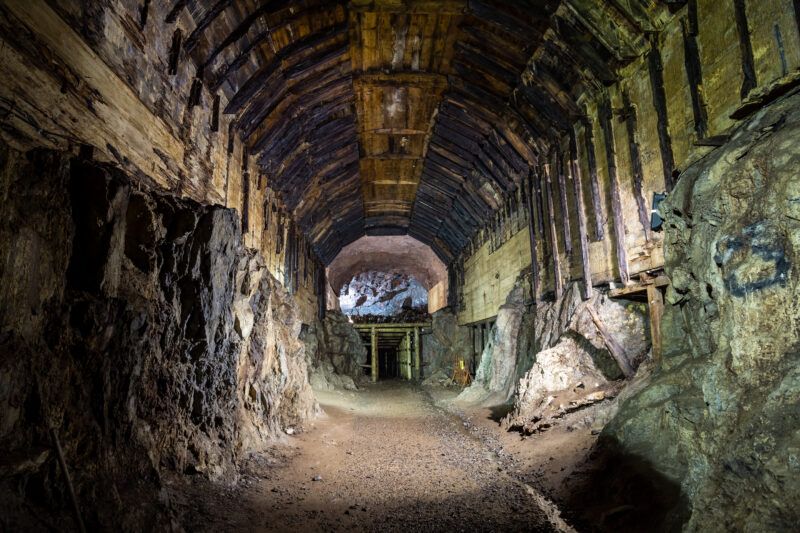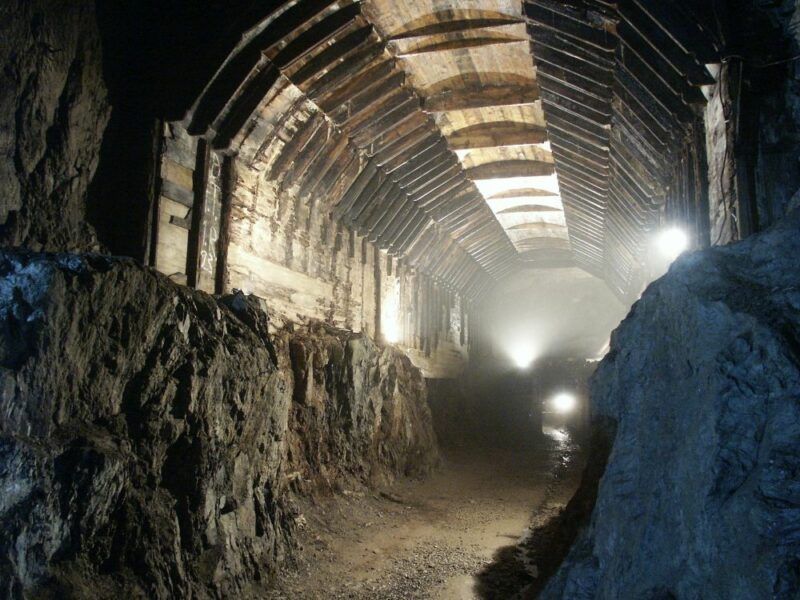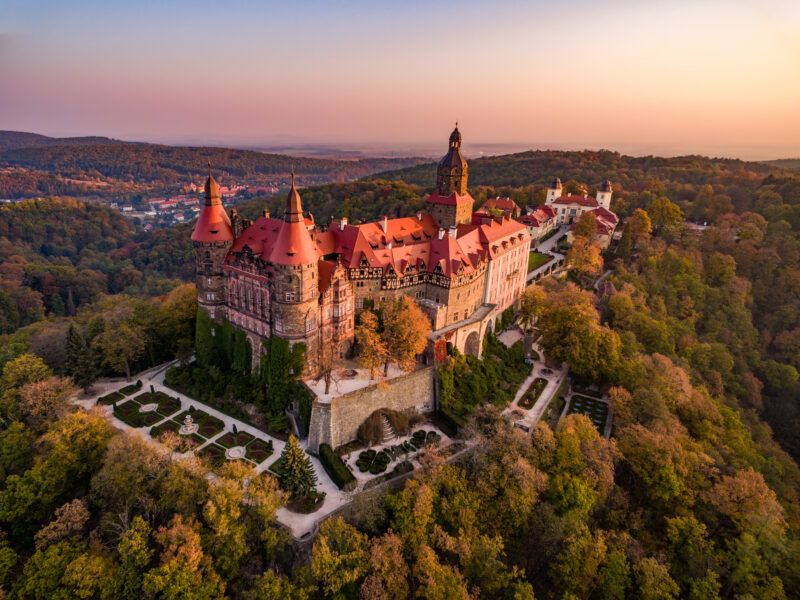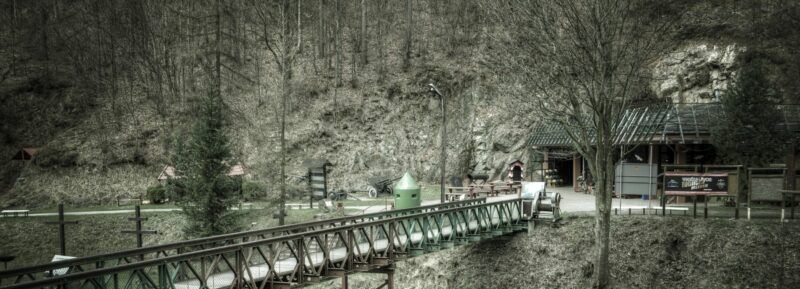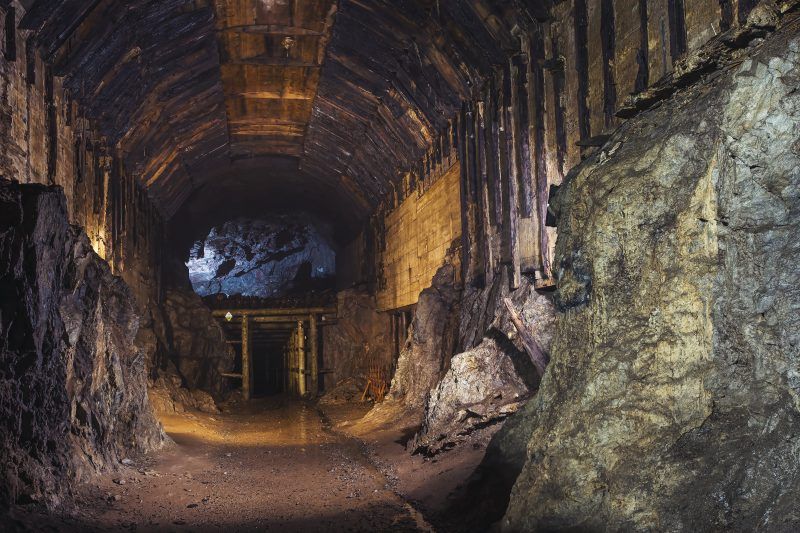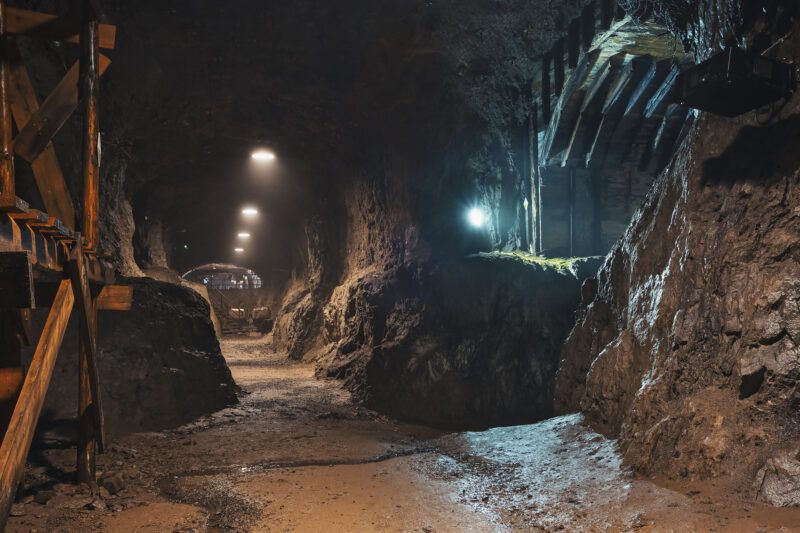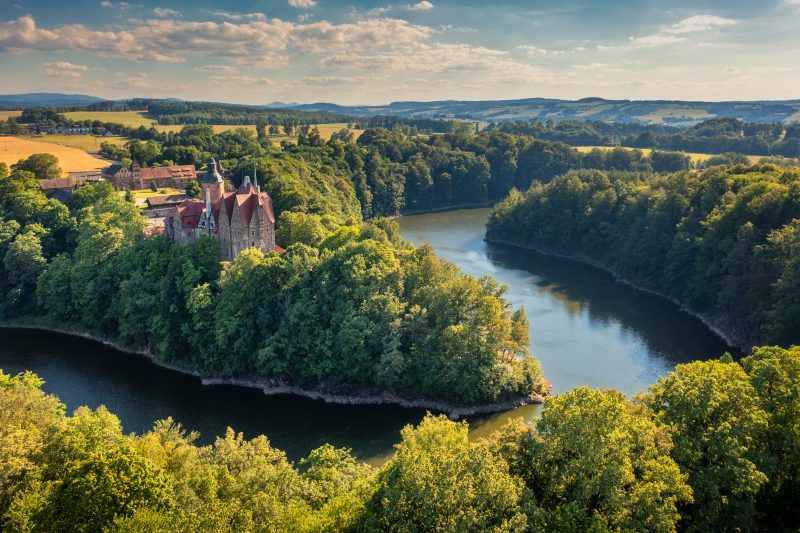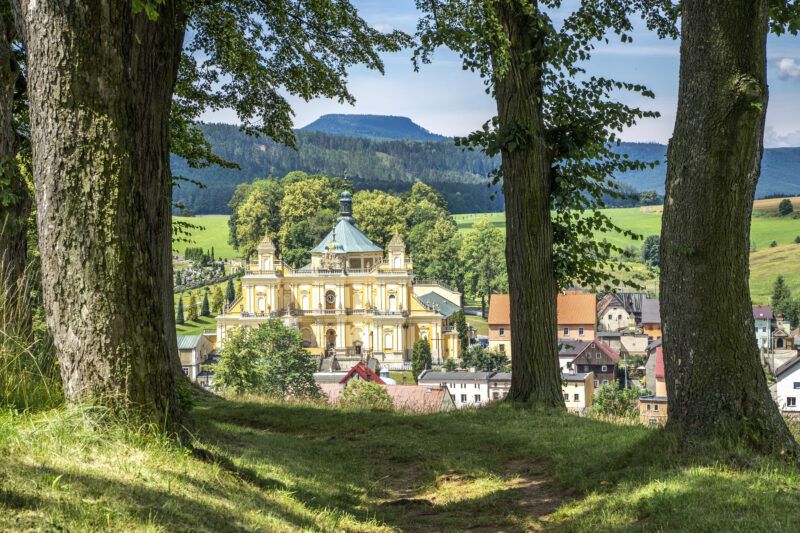Search
Riese complex – the riddle of Lower Silesia
Despite the war storm raging across almost all of Europe – thousands of tons of bombs dropped on German cities each day by Allied aviation and Allied troops rolling through country after country on their march to Berlin – Lower Silesia remained a remarkably peaceful and safe place until the final months of World War II. Residents of some cities and towns probably rarely recalled, perhaps only when another neighbor was sent to the front or when someone received news of the death of an acquaintance or family member, that the Thousand-Year Reich was currently engaged in the bloodiest, most brutal war in the history of the world.
Książ Castle:
Piastów Śląskich 1,
58-306 Walbrzych
Site of the facility
Walim drifts:
3 Maja 26,
58-320 Walim
Site of the facility
Osowka Underground City:
Świerkowa 29d,
58-340 Sierpnica
Site of the facility
Książ Castle:
Piastów Śląskich 1,
58-306 Walbrzych
Site of the facility
Walim drifts:
3 Maja 26,
58-320 Walim
Site of the facility
Osowka Underground City:
Świerkowa 29d,
58-340 Sierpnica
Site of the facility


